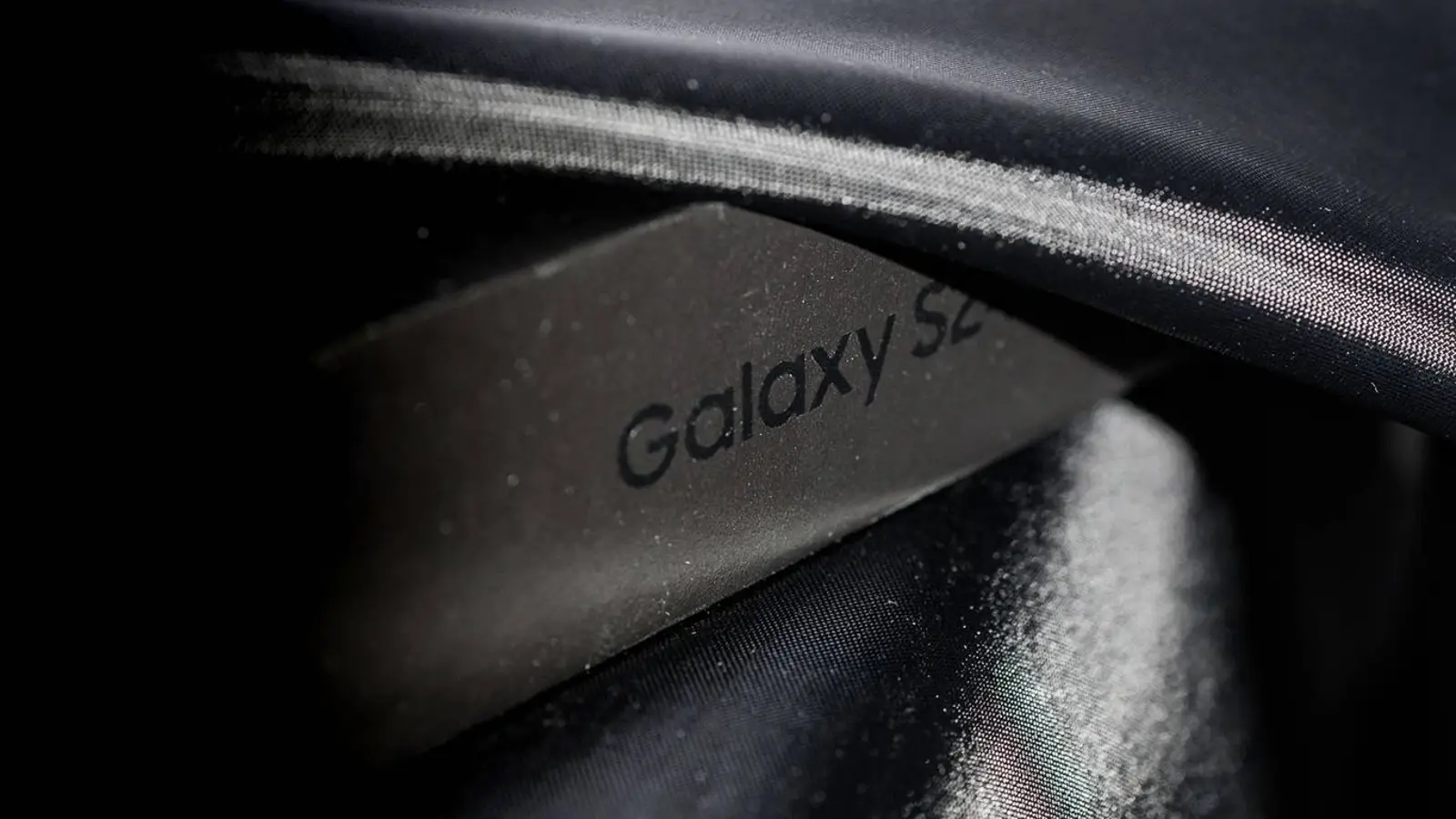Galaxy S26 Ultra: Exynos 2600 potential, camera parity, faster charging
Fresh leaks reveal Galaxy S26 Ultra upgrades: Exynos 2600 with 8K60 support, improved PPS charging up to 55W, and pragmatic camera parity with S25 Ultra.
Fresh leaks reveal Galaxy S26 Ultra upgrades: Exynos 2600 with 8K60 support, improved PPS charging up to 55W, and pragmatic camera parity with S25 Ultra.

© A. Krivonosov
Samsung remains in the spotlight for industry watchers, with fresh leaks pointing to two headline changes in the upcoming Galaxy S26 Ultra: a reworked charging system and striking capabilities of the Exynos 2600 chip that the company, it seems, may not fully tap.
According to insider SPYGO19726, the new Exynos 2600 can handle images at up to 320 megapixels from a single sensor or process up to three 108‑megapixel cameras simultaneously. This is enabled by Samsung’s 2‑nm process and an updated ISP‑NPU architecture that fuses image processing, AI, and GPU rendering into one system. The chip also supports four sensors at once—wide, ultra‑wide, telephoto, and depth—without shutter lag and with real‑time HDR processing. Video capture is supported at 8K HDR10+ at 60 frames per second and 4K at 120 fps. On paper, that would give Samsung an edge, yet sources say the Galaxy S26 Ultra will carry almost the same camera setup as the S25 Ultra, save for a refreshed telephoto. The main camera remains at 200 MP, while the ultra‑wide stays at 50 MP. The headroom is there; the product may just keep it in reserve.
The likely reason is the dual‑chip strategy: about 75% of the S26 lineup is expected to run on the Snapdragon 8 Elite Gen 5, which does not support 8K video at 60 fps. To maintain feature parity across models, Samsung will likely limit the Exynos variant as well. It is a pragmatic move, even if it keeps the lid on some of the more ambitious possibilities.
Charging is getting a practical upgrade too. Reports point to an improved PPS system in the Galaxy S26 Ultra: up to 55 W for the first 15% of the battery, then 45 W from 15% to 70%. That is a clear step up from the current approach, where 45 W is only held at the very start and then drops to 34 W. The result should be quicker initial top‑ups and less heat for the battery, a small tweak users are likely to feel day to day.
Overall, Samsung appears to favor steady refinement over flashy overhauls—pushing energy efficiency forward while keeping a careful balance between speed and reliability. Incremental, yes, but decidedly coherent.